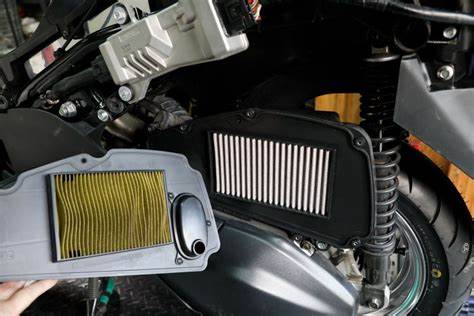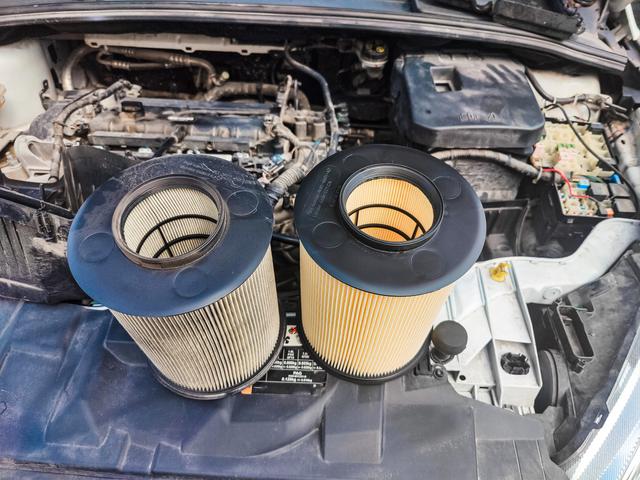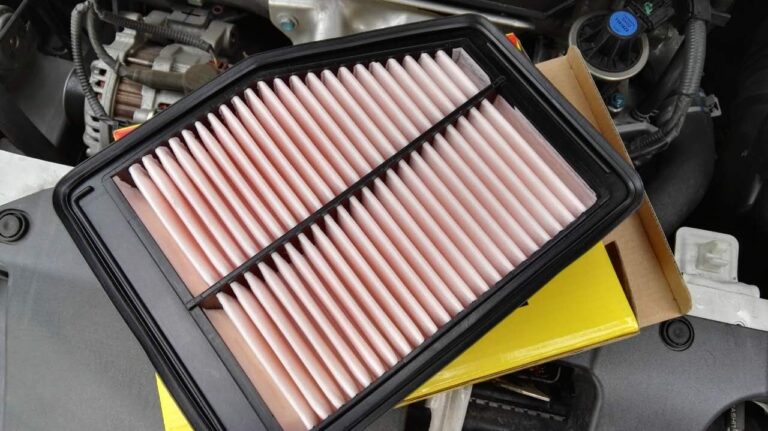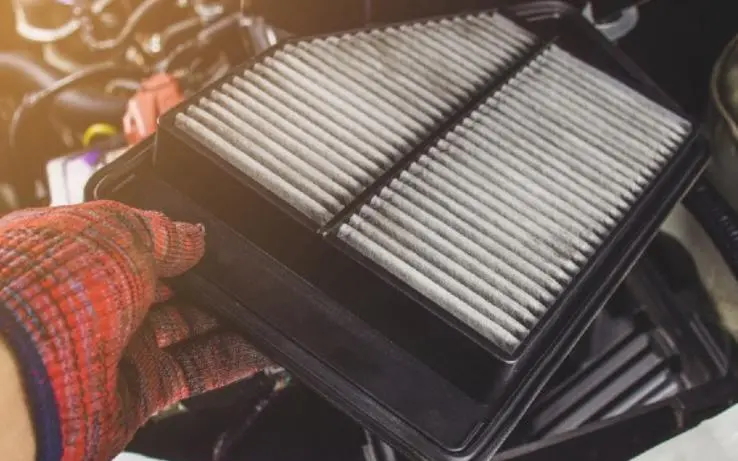how often to change air filter
The car air filter is essential for shielding your engine from dust and contaminants, typically found near the air intake in the engine compartment. It filters incoming air to maintain engine cleanliness and efficiency, which in turn enhances fuel economy.
Our guide provides practical advice on air filter replacement and maintenance, ensuring top-notch engine performance for a smooth, efficient drive.
Engine Air Filter Replacement Time Guidance
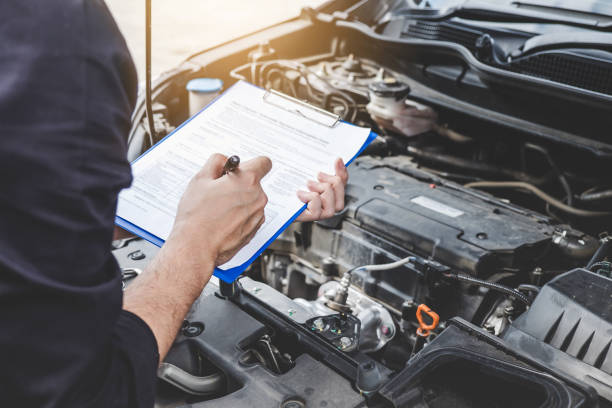
Manufacturer-Recommended Replacement Period
Automotive manufacturers generally provide a recommended replacement schedule for the car air filter in the vehicle’s maintenance manual, tailored to the specific model and usage conditions. As a rule of thumb, most manufacturers suggest that the auto air filter be replaced every 15,000 to 30,000 miles to ensure optimal engine performance and longevity.
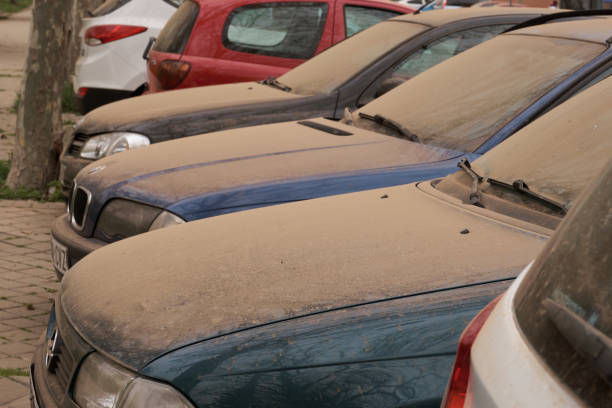
Adjust Replacement Frequency Based on Driving Conditions
The frequency of replacement for the auto air filter may need to be increased for vehicles that are regularly driven in dusty or congested areas due to higher levels of air-borne dust and impurities. For example, vehicles frequently driven on dirt roads or in highly polluted areas may require more frequent inspections and replacements as the air filter can become clogged more quickly. In contrast, in regions with cleaner air, the interval between replacements for the auto air filter can be moderately extended.
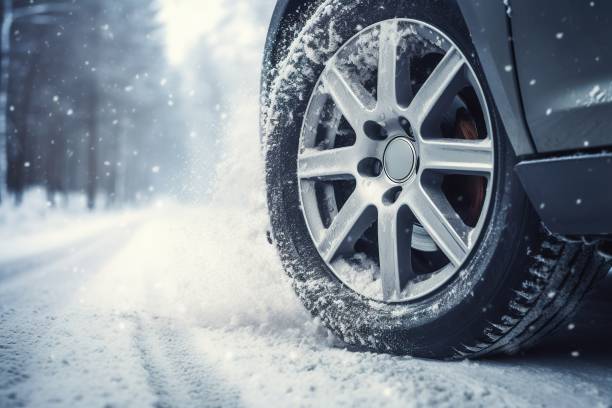
Seasonal Changes Impact on Air Filter Automotive
Seasonal variations play a role in determining when to replace the air filter automotive. Pollen seasons or winter months can lead to higher concentrations of pollutants in the air, causing the car air filter to accumulate dust and impurities at a faster rate, thus necessitating more regular replacements. Additionally, dry and dusty conditions can also hasten the contamination of the car air filter, prompting car owners to step up inspection and replacement routines.
6 signs you need engine air filter replacement

- Poor Engine Performance: If your engine lacks power and efficiency, it might not be getting enough clean air due to an old or ineffective car air filter.
- Rough Idling or Sluggish Acceleration: Engine issues like shaky idling or slow acceleration often point to a clogged air filter. A blocked filter restricts airflow, leading to poor combustion and reduced power.
- Increased Fuel Usage: Unusually high fuel consumption can be a sign of a clogged air filter. A dirty engine air filter makes the engine work harder, which can hurt fuel efficiency and increase expenses.
- Difficulty Starting: If your car is hard to start or lacks power, a clogged engine air filter may be the culprit. It restricts the airflow needed for combustion, making the engine less responsive.
- Check Engine Light: This warning light can indicate engine troubles, including issues with the air filter. A dirty filter can confuse the airflow sensor, triggering the check engine light.
- Physical Damage to the Filter: Any damage to the air filter, from wear or external factors, can reduce its effectiveness. A damaged filter can allow harmful particles into the engine, risking damage.
Manufacturer Tips for Car Air Filters
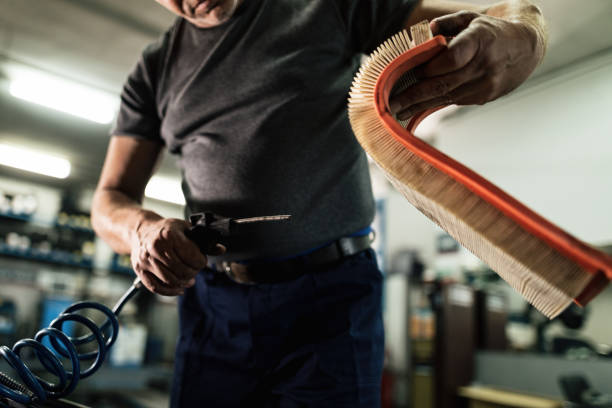
Regular Inspection and Cleaning: To prolong your engine’s life, regularly inspect and clean your car air filter every 5,000 to 10,000 kilometers, especially in dusty conditions. Use compressed air for paper filters and follow specific methods for oil-infused filters. This upkeep ensures optimal engine performance and a longer filter lifespan.
Choose a high-quality car air filter:Picking the car air filter is important. There are lots of different brands and qualities out there, so it’s important to choose one that’s as good as the original equipment. That way, you can be sure it’ll do the job and last longer.
Choosing the Right Air Filter: Selecting the correct car air filter is crucial for your engine’s efficiency. Different vehicles and driving conditions may require specific filters. The right filter provides clean air for better fuel efficiency and performance, while a wrong choice can lead to damage. It’s important to match the filter to your vehicle’s requirements and driving environment to prevent costly repairs.
Maintaining Maintenance Records: Keeping detailed records of air filter maintenance, including service dates and odometer readings, is highly beneficial. These records help track your vehicle’s maintenance history, plan future services, and show potential buyers that your car has been well-maintained, potentially increasing its resale value.
DIY Air Filter Replacement Tutorial
Ready to tackle air filter replacement yourself? It’s a straightforward process. For a detailed tutorial on how to change your air filter, click “air filter replacement” and you’ll be equipped with the knowledge to keep your engine running smoothly.
Tools Required for Air Filter Replacement:
- A new car air filter
- A Phillips screwdriver (or the appropriate tool, depending on the specific design of the vehicle)
- An air blower (optional, for cleaning the inside of the air filter box)
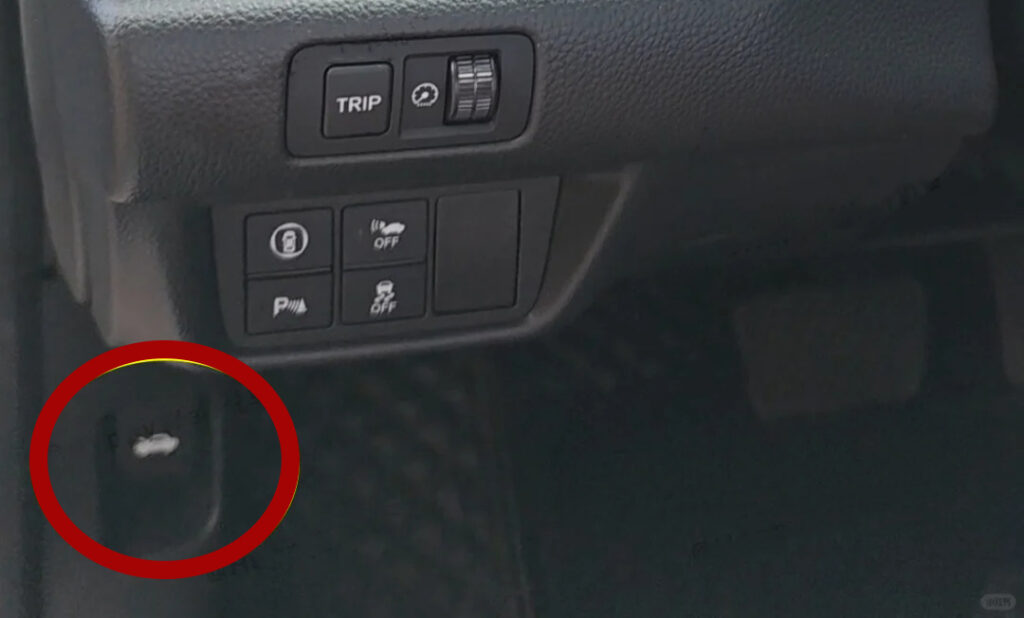
1.Open the Hood: Ensure the vehicle is parked on a flat surface and the engine is turned off. Open the hood by pulling the release lever inside the cabin or using the key to unlock the hood.
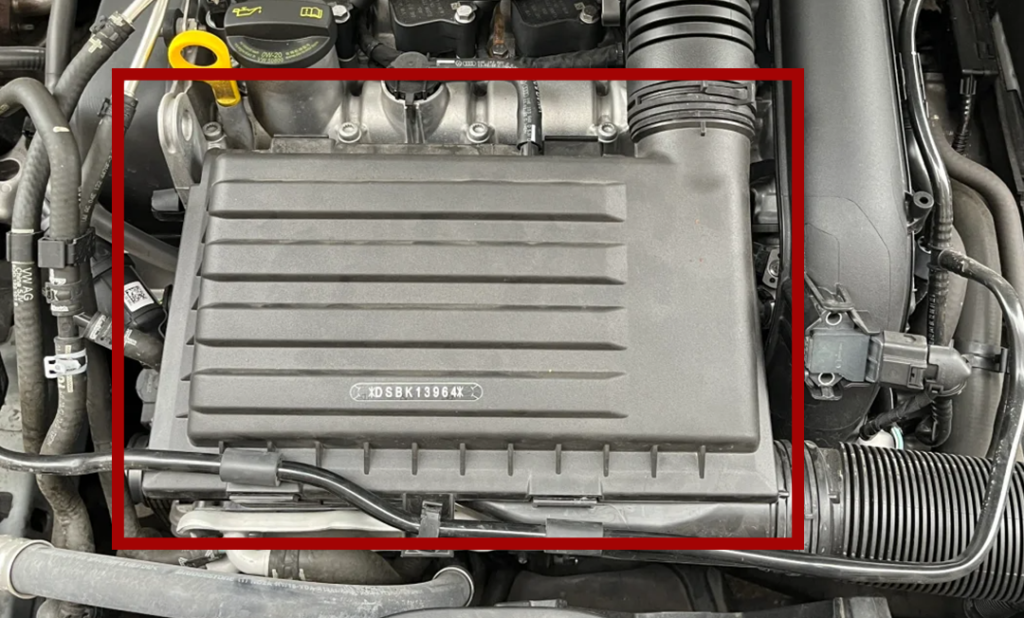
2.Locate the Air Filter Housing: The car air filter is typically located on the lower right side of the engine compartment. Look for the engine intake side connected to the air intake pipe, and the other end connected to the engine. You’ll find a square plastic box. However, the specific location may vary depending on the car model. Please refer to the vehicle manual to determine the exact location.
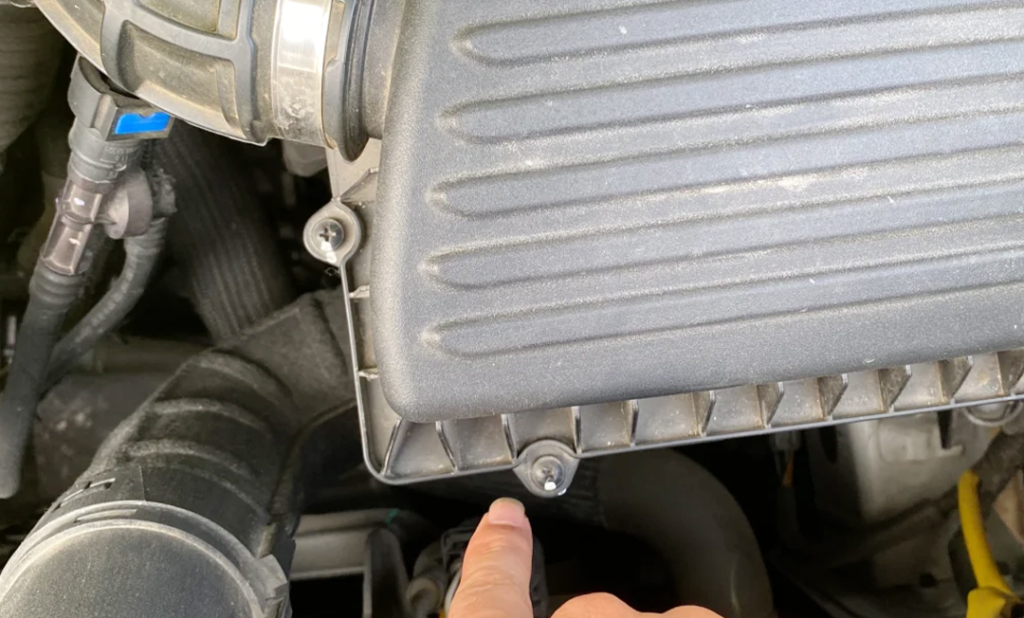
3.Remove the Screws: Use a Phillips screwdriver to loosen and remove the screws that secure the air filter housing cover (usually there are 5, but this number may vary). Place the screws somewhere safe to avoid losing them. Alternatively, release the clips holding the air filter in place, which may differ in design depending on the vehicle model.
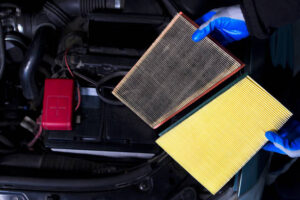
4. Car Air Filter Replacement: After removing the cover, take out the old air filter. Inspect the inside of the filter housing for excessive dust, and clean it with an air blower if necessary. Then, insert the new car air filter, ensuring that its edges align perfectly with the edges of the filter housing to guarantee a proper seal.
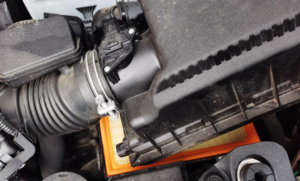
5.Reinstall the Cover: Place the car air filter housing cover back in position and tighten the screws with the screwdriver. Ensure the cover is secure but do not over-tighten, as this may damage the filter housing.

6.Close the Hood: Finally, make sure everything is back in place and then close the hood.
After completing the above steps, your air filter replacement is complete. It is recommended to take a short drive after replacing the car air filter to ensure the new filter is properly installed and there are no abnormalities. If you encounter any issues during the engine air filter replacement process, it is advised to consult a professional mechanic.
Conclusion
In vehicle maintenance, routine car air filter replacement and inspection play a vital role. This straightforward maintenance task significantly influences engine efficiency and fuel economy. Adhering to a diligent maintenance schedule and timely car air filter updates ensures optimal vehicle performance. This commitment to superior automotive care not only extends engine life but also enhances the overall driving experience, making it smoother, more efficient, and more comfortable. Embrace the benefits of regular car air filter replacement maintenance to unlock the full potential of your driving experience.

